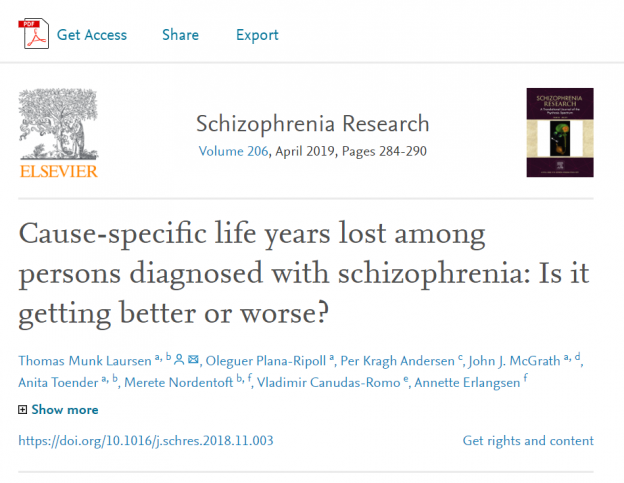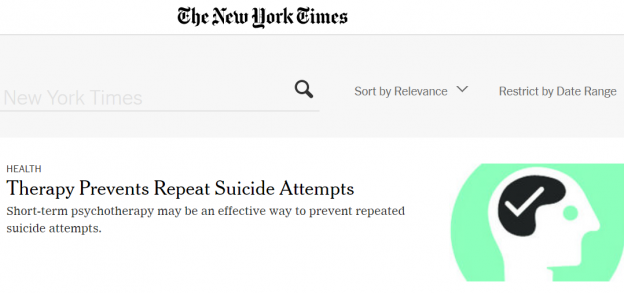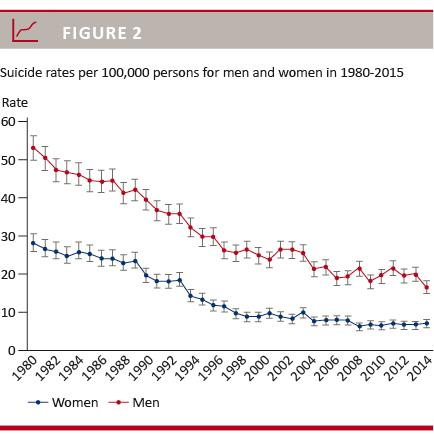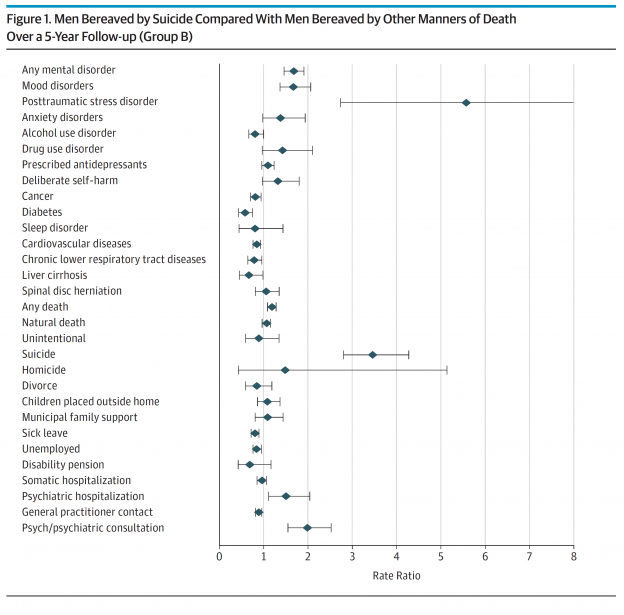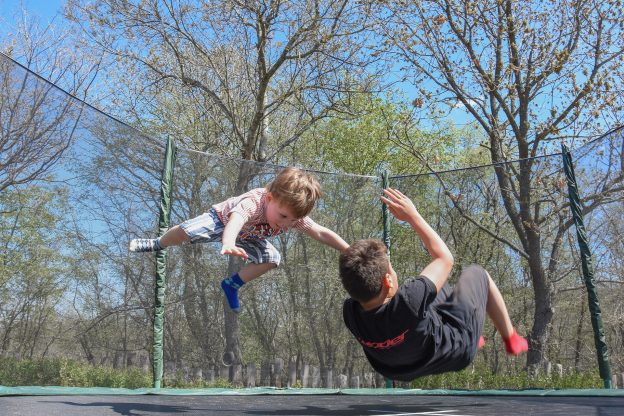People belonging to sexual minority groups have higher levels of suicidality than heterosexuals. However, findings regarding suicide death are sparse. Using national data from Denmark and Sweden, this study investigated whether individuals entering a same-sex marriage have higher suicide rates than those entering opposite-sex marriage.
The findings revealed that people in same-sex marriages have a 1.5-fold higher suicide rate when compared to people living in opposite-sex marries. Over the periods 1989-2002 and 2003-16, the rate of suicides among people in same-sex unions fell by 46%, compared to a decline of about 28% in the number of suicides by people in heterosexual relationships.
“Although suicide rates in the general populations of Denmark and Sweden have been decreasing in recent decades, the rate for those living in same-sex marriage declined at a steeper pace, which has not been noted previously,” the study, which followed 28,000 people in same-sex partnerships for an average of 11 years, concludes Annette Erlangsen, the lead author, suggested that along with other gay rights legislation, same-sex marriage may have reduced feelings of social stigmatisation among some homosexual people. “Being married is protective against suicide,” she told Thomson Reuters Foundation
Link to study
https://www.theguardian.com/world/2019/nov/14/suicide-rates-fall-after-gay-marriage-laws-in-sweden-and-denmark
DRISP: Annette Erlangsen, Merete Nordentoft
Partners:
- Ann Haas, PhD, American Foundation for Suicide Prevention, New York, USA
- Gunnar Andersson, PhD, Stockholm University Demography Unit, Department of Sociology, Stockholm University, Stockholm, Sweden
- Sven Drefahl, PhD, Stockholm University Demography Unit, Department of Sociology, Stockholm University, Stockholm, Sweden
- Charlotte Björkenstam, PhD, Department of Epidemiology, Fielding School of Public Health, University of California, Los Angeles, USA

